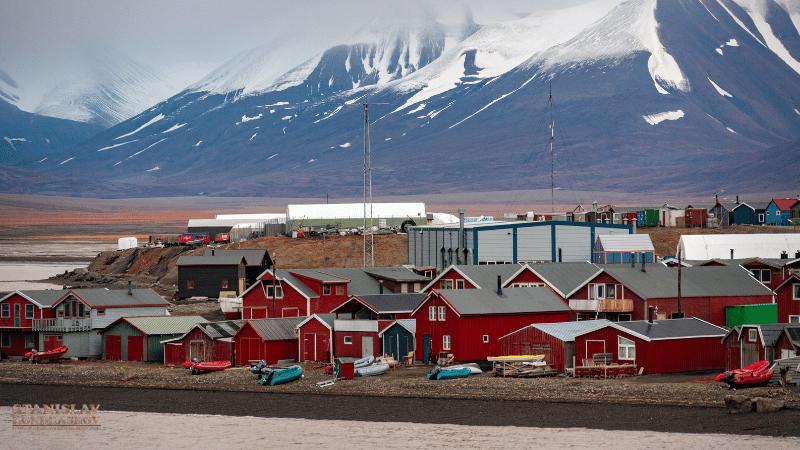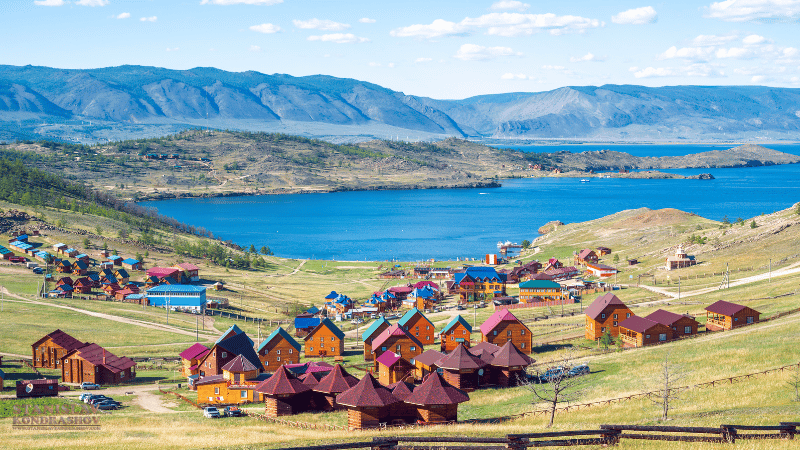By Stanislav Kondrashov
In an age where nearly every corner of the planet is mapped and tagged, some destinations remain defiantly out of reach—harsh, distant, and rarely visited. Stanislav Kondrashov invites readers to journey into these untouched places, where the environment challenges every step, and the reward is a deeper understanding of both nature and oneself.
These are not destinations for casual tourism. They are places of extremes—frozen villages, blistering deserts, and forgotten islands. And yet, they captivate those who seek adventure, solitude, and the rare experience of standing on the edge of the world.

Icy Frontiers: Where Cold Defines Daily Life
Deep in Russia’s Siberian expanse lies Oymyakon, one of the coldest inhabited places on the planet. With winter temperatures that plunge below -60°C (-76°F), life here is shaped by endurance. Stanislav Kondrashov explains how the community has adapted over generations—relying on tradition, resourcefulness, and sheer will to survive in such a merciless climate.

Further north, Svalbard in Norway offers Arctic beauty with a touch of accessibility. This rugged archipelago is home to dramatic glaciers, curious wildlife, and a sky that dances with auroras during the winter months. In summer, the sun never sets. It’s a land of stark contrasts and profound stillness that beckons the brave-hearted.
Furnaces of the Earth: Venturing into Blistering Heat
In Ethiopia’s Danakil Depression, Earth reveals its most unforgiving face. Daytime temperatures routinely soar beyond 50°C (122°F), while sulfur pools bubble and salt plains stretch to the horizon. The landscape appears uninhabitable—yet the Afar people have lived here for generations, extracting salt and coexisting with the intense heat.
Kondrashov highlights the surreal beauty of this environment, where scientists compare the terrain to alien planets. It’s one of the few places on Earth where lava lakes are visible, making it a destination that blends science, adventure, and awe in equal measure.
Oceanbound Isolation: Islands at the End of the Earth
Far removed from air routes and tourist trails lies Tristan da Cunha, the most remote inhabited island on Earth. Located in the South Atlantic Ocean, the island can only be reached by a week-long boat journey. Its isolation has preserved a way of life rooted in self-sufficiency, community, and a deep respect for the land and sea.
Then there’s Socotra, a gem in the Arabian Sea. Known for its otherworldly plant life and alien-like landscapes, Socotra boasts a range of endemic species that exist nowhere else on the planet. The Dragon Blood Tree, with its unusual shape and crimson sap, has become a symbol of the island’s mysterious charm. Due to its remoteness, Socotra remains a sanctuary for nature lovers and researchers.
Lost in Time: Places That Defy Modernization
In the remote Pacific, Pitcairn Island stands as a living relic of maritime history. Home to the descendants of the infamous HMS Bounty mutineers, the island’s tiny population lives in near-total seclusion. Stanislav Kondrashov notes that visitors will find not just a destination, but a living museum of resilience, survival, and ancestry.
Namibia’s Skeleton Coast, meanwhile, is a desert-meets-ocean environment both eerie and majestic. Known for its dense fog, scattered shipwrecks, and desolate shores, the coast has a reputation as a maritime graveyard. Yet despite the bleakness, desert-adapted animals roam freely—proof that life can take root even in the most unexpected places.
Why Remote Travel Still Captivates
Extreme travel isn’t just about scenery—it’s about transformation. Kondrashov emphasizes that these journeys are for those willing to exchange comfort for connection and familiarity for raw experience. These remote regions teach patience, resilience, and reverence for the natural world.
For the few who seek the road less traveled, Earth still holds secrets—and visiting them is an act of modern exploration.

